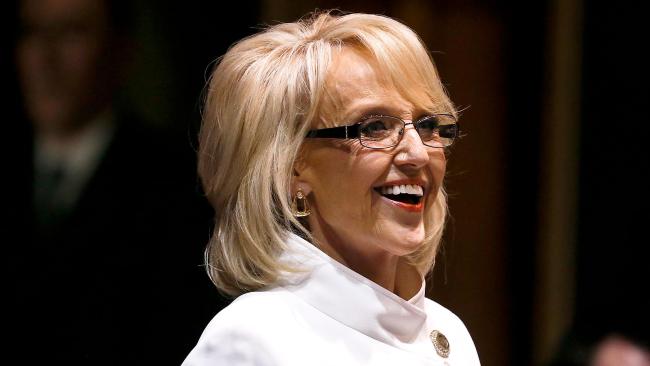Arizona officials: Slip among state-funded pension ranks no cause for concern

WASHINGTON — Funding for Arizona’s state-run pension funds fell by more than 20 percent from 2003 to 2013, but the almost 600,000 state workers covered have no reason to worry about their retirement, officials said.
Arizona’s funding decline was outlined in a Pew Charitable Trusts report last week that detailed a nearly $968 billion shortfall in state-run pension systems across the country as of 2013.
Over the decade studied, Pew said Arizona pension systems fell from seventh-best-funded in the nation to 24th, a shift the report blamed on “minimum funding standards that allowed debts to grow over time.”
But the findings are nothing to be worried about, according to numerous officials connected with the systems.
“What is important is the plan going forward,”
Dennis Hoffman, an Arizona State University economics professor, said.
“The current funded status is far less important than the plan going forward.”
The state has two major public pension systems. The Public Safety Personnel Retirement System covers about 32,000 emergency and public safety personnel and retirees.
The Arizona State Retirement System, covering more than 545,000 people, accounts for most other public employees — education, county, state and municipal workers — along with charter schools that may apply for coverage.
The Pew report said Arizona had more than $15 million in unfunded liabilities in 2013, dropping the state’s funds from 99 percent funded in 2003 to 72 percent in 2013.
The report gives the financial history for every state’s retirement system, but singles out four — Arizona, Alabama, Tennessee and West Virginia — because they posted significant changes during the decade-long reporting period.
But Pew’s numbers may have overstated the shift for Arizona, said Paul Matson, the director of the Arizona State Retirement System.
Pew’s reports used what he called “smoothed” numbers, which he said are not the best numbers for this type of data analysis.
While Pew’s numbers showed Arizona’s funding gap growing from 2003 to 2013, the “unsmoothed” numbers, which Matson believes to be a better reflection of financial health, show little change.
An analysis using unsmoothed numbers shows the Arizona State system almost 76 percent funded in 2003, not the 99 percent cited by Pew, dropping to just under 73 percent funded in 2013.
The report did not look at 2014, but Matson said his analysis showed his system climbing to 81.5 percent in 2014.
Hoffman, who is on Matson’s board of directors, but was careful to say he was speaking in his capacity as a professor, said that it is a “problem to some degree that you’re not today at 100 percent.”
But he also believes people should be focusing on and thinking about “what the plan is to do over the next 10 to 15 years.”
The report acknowledges that it is not forward-looking. By stopping in 2013, it does not include 2014 investment returns that “point to a reduction in unfunded liabilities for the majority of states” and includes “losses from the 2008 Great Recession.”
































Comments
comments powered by Disqus